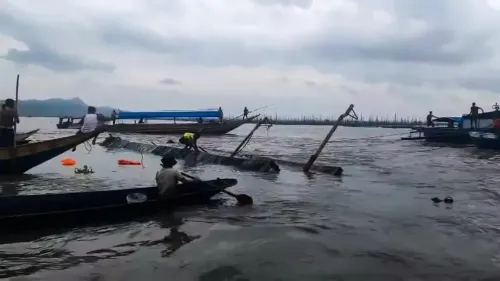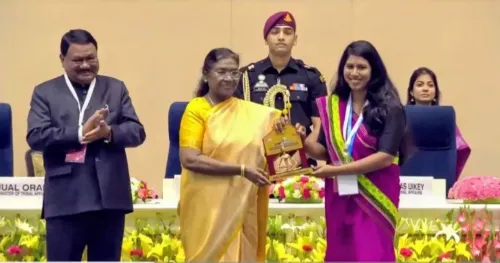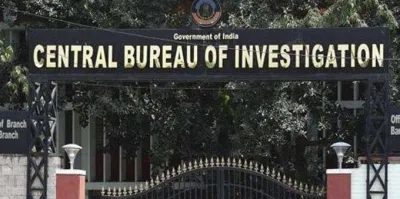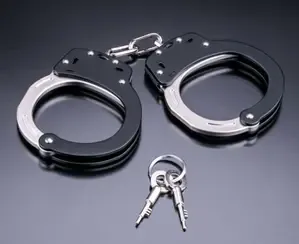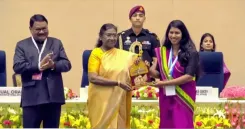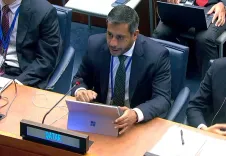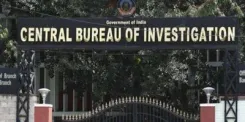Is the Hijab Controversy Intensifying? Education Minister's Assurance on Student Admission
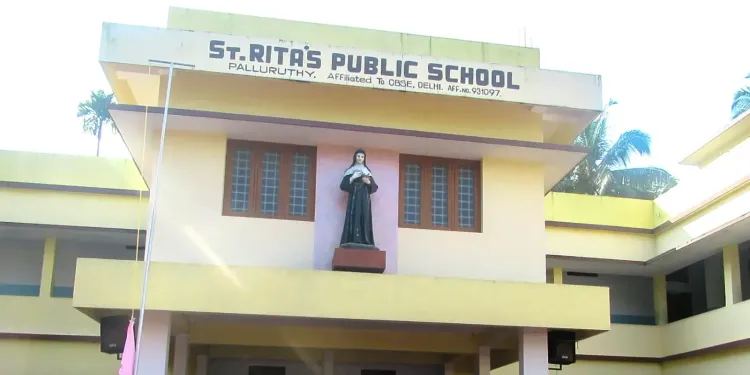
Synopsis
Key Takeaways
- Kochi's hijab controversy highlights the clash between school uniform policies and religious expression.
- The Kerala Education Minister has promised state-run school admission for the affected student.
- Critics argue that the school’s actions reflect a troubling trend of intolerance.
- Open dialogue is essential for resolving conflicts related to cultural identity.
- Ensuring students' rights to education and expression remains a critical challenge.
Kochi, Oct 18 (NationPress) Addressing the escalating hijab debate in Palluruthy, Kerala's Education Minister V. Sivankutty stated on Saturday that the government will facilitate the admission of the affected student to a state-run school upon her parents' request.
"If the girl’s parents approach us, we will ensure her admission to any government school," Sivankutty confirmed.
This statement follows the family's decision to withdraw their daughter from St. Rita's Public School, amid controversy surrounding the school’s ban on her hijab, which it deemed a breach of uniform policy.
The family has accused the school authorities of causing mental distress to the child, leading them to lodge complaints with both the Chief Minister and the Education Minister.
Sivankutty had previously admonished the school management for allegedly "misleading the government" regarding an issue tied to fundamental rights.
On Saturday, he reaffirmed that the government will not accept actions that infringe on a student’s right to education.
Senior leader of the Indian Union Muslim League, P. K. Kunhalikutty, characterized the school’s actions as indicative of rising intolerance.
"It is inappropriate for one community to dictate the attire of another community’s members within a school. This situation should have been resolved through dialogue, rather than strict regulations. Reducing matters to legal technicalities only breeds further conflict," Kunhalikutty stated.
He also criticized the school’s press conference on the issue, labeling it as an example of intolerance.
"A hijab is simply a small piece of fabric on a child’s head, akin to the veils worn by nuns. Regrettably, a child’s education was interrupted due to someone’s discomfort with a headscarf. Such incidents should not occur in Kerala," he added.

